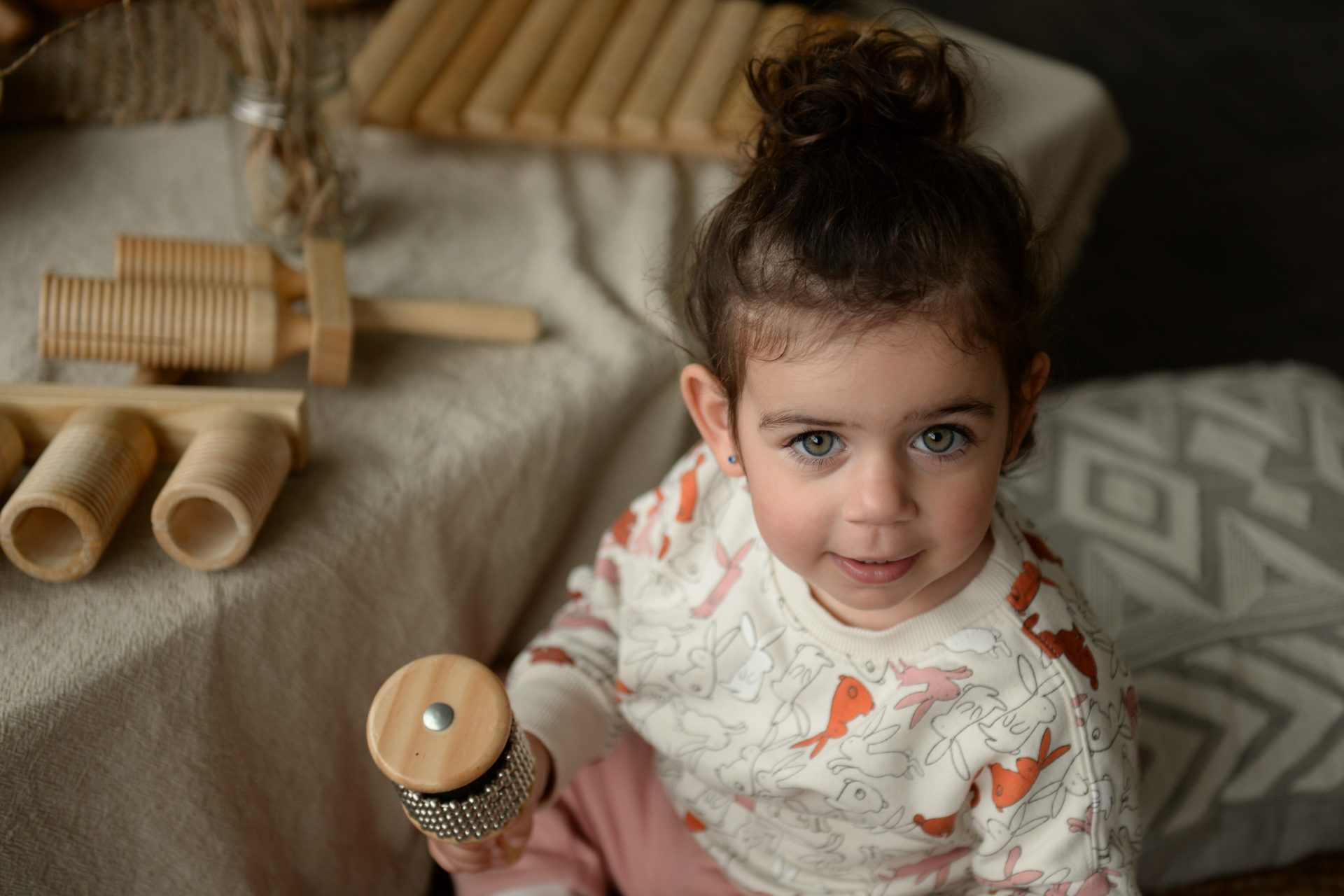
Emotional resilience is a key life skill. It’s the ability to cope with life’s inevitable ups and downs in a healthy, pragmatic way. Educators, parents and caregivers play a crucial role in helping children develop this – and many simple methods can be integrated into everyday life, both at home and through a great early learning curriculum.
The Importance of Emotional Resilience
Emotional resilience is all about how a person handles stress and adversity. It’s not about avoiding such trauma, it’s about developing the mechanisms to cope, which, in turn, promotes long-term psychological and emotional health.
There are many things that adults can do to help children navigate and regulate their emotions. One of the most important is to lead by example. Children learn a huge amount simply by watching those around them. Practicing healthy emotional behaviour is a powerful method of teaching the skill.
For example, talking through your feelings in a child-friendly fashion, such as: “I’ve had a bit of a difficult day but it’s OK. I’m going to relax, think about it, concentrate on the positives and work out a way forward”. Positive actions like this demonstrate the crucial steps of emotional resilience which are:
- The recognition and acceptance of a challenge.
- That it’s alright to feel this way.
- The steps you take to deal with it – AKA, problem-solving strategies.
5 Strategies to Help Children Foster Health Emotional Resilience
As with any skill set, learning to manage emotions is a journey. Caregivers can recognise development in many ways. This includes a child growing in confidence – especially when navigating new situations. They also begin to understand the complexities of social interactions, showing empathy and becoming aware of other people’s emotions. As emotional resilience grows, so does the child’s ability to handle disappointing situations without becoming too disheartened.
Adults can help nurture the learning process in many ways.
- Demonstrate and teach coping mechanisms: A major part of learning emotional resilience is finding a suitable way to work through overwhelming situations. Simple breathing techniques, visualising a favourite calm place or (for slightly older children) counting to 10 when experiencing big emotions are easy ways to insert a break into a challenging moment. Whatever method you introduce to your child, it should be practiced when all is calm. That way, you can remind them of an already familiar strategy when it’s needed.
- Practice and encourage open communication: Talking about emotions – whether you’re a child or an adult – needs to be done in a safe space. Let your child know that they can always speak to you about their feelings. It’s important to validate what they say, whatever this might be. This is a powerful method of teaching that it’s ok to voice what they feel, rather than (consciously or subconsciously) suppressing their emotions. Asking open-ended questions promotes self-understanding and encourages a child to work out exactly what they’re feeling – something that can be very complex as the brain continues to form during the early formative years.
- Allow your child to take (healthy) risks: Dealing with failure is a vital element of self-development. Every learning journey is peppered with disappointments. But it’s learning to push on that’s key. Encourage your child to take such risks through elements like trying new things, balance challenges (e.g., How long can you stand on one foot?), learning to ride a bike… You get the idea. While there will inevitably be setbacks and resulting frustration, support and encourage them to keep trying. That way, a child begins to discover that challenges are not something to shy away from and that they have the ability to overcome them.
- Encourage the art of problem-solving: As caregivers, it can be hard not to immediately dive in if a child experiences difficulties. But rather than fixing it for them, it’s important to help them to think about how they might do it themselves. For example, if they’ve had a spat with another child, gently probe about how they might do something differently next time. Or, if that tower of bricks keeps falling, ask them what they could change to have a different outcome.
- Encourage positive self-talk: it’s natural for a child to think they’re not good at something when they fail. But these thoughts can be either negative or positive – and it’s the adult role to help reframe this into the latter. When a child says that they’re no good at something or that they can’t do it, help flip this negative self-talk into a positive by saying something along the lines of, “Yes, but this is new to you and you’re going to get better”. Our internal dialogue is very powerful and positive mind frames are built from a young age.
The Emilio Reggio approach is a childcare philosophy strongly built around a fun learning process that helps children build emotional resilience. At Evoke Early Learning, our wonderful early childhood educators are committed to helping your child get the very best start in life - and are a natural extension of the great work done by parents and caregivers.
Come and see us in action by booking a tour at either our Albert Park or Clayton centres.

Tracey is a highly qualified educator and administrator and brings a strong combination of academic achievement, extensive work experience in the education and business sectors as well as drive and passion to her role as General Manager of Operations at Evoke Early Learning.
Tracey has a Master of Education and an Advanced Diploma of Business and holds VIT Dual Registration to teach in Early Childhood and Primary School settings. She’s also a VIT Trained Mentor Teacher and has worked in ECEC settings as a Director, Educational Leader and as a Victorian Senior Area manager. Her recognition as a state finalist in the recent Director of the Year Awards is testament to her achievements in the early education sector.
Her extensive work experience also included a stint as Head of Curriculum at the Royal Children’s Hospital Education Institute and positions as head of ICT at a number of large primary and secondary schools. Tracey is also experienced in not-for-profit sessional kindergarten settings and long daycare environments, so she has a deep understanding of what’s required to support the needs and expectations of young children, educators, parents and caregivers.
Tracey is responsible for operational management at Evoke Early Learning’s Clayton centre in Oakleigh East and their Albert Park centre in South Melbourne and is deeply committed to leading and driving effective and sustainable service delivery throughout the company.
Tracey is passionate about making a meaningful difference to young children, their parents and the wider community and under her expert guidance, Evoke Early Learning is continuing to raise the bar in quality early education and childcare.


